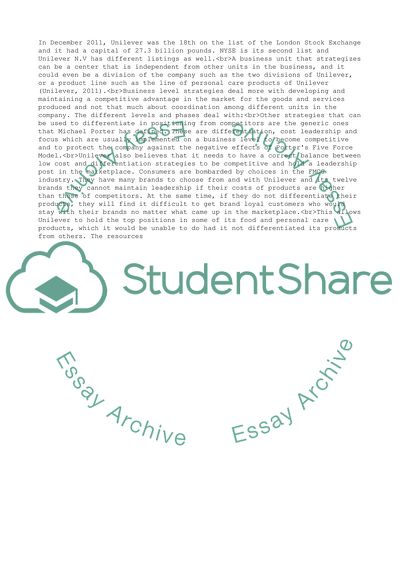Cite this document
(Business-Level and Corporate Level Strategies Term Paper, n.d.)
Business-Level and Corporate Level Strategies Term Paper. https://studentshare.org/business/1787116-business-level-and-corporate-level-strategies
Business-Level and Corporate Level Strategies Term Paper. https://studentshare.org/business/1787116-business-level-and-corporate-level-strategies
(Business-Level and Corporate Level Strategies Term Paper)
Business-Level and Corporate Level Strategies Term Paper. https://studentshare.org/business/1787116-business-level-and-corporate-level-strategies.
Business-Level and Corporate Level Strategies Term Paper. https://studentshare.org/business/1787116-business-level-and-corporate-level-strategies.
“Business-Level and Corporate Level Strategies Term Paper”. https://studentshare.org/business/1787116-business-level-and-corporate-level-strategies.


